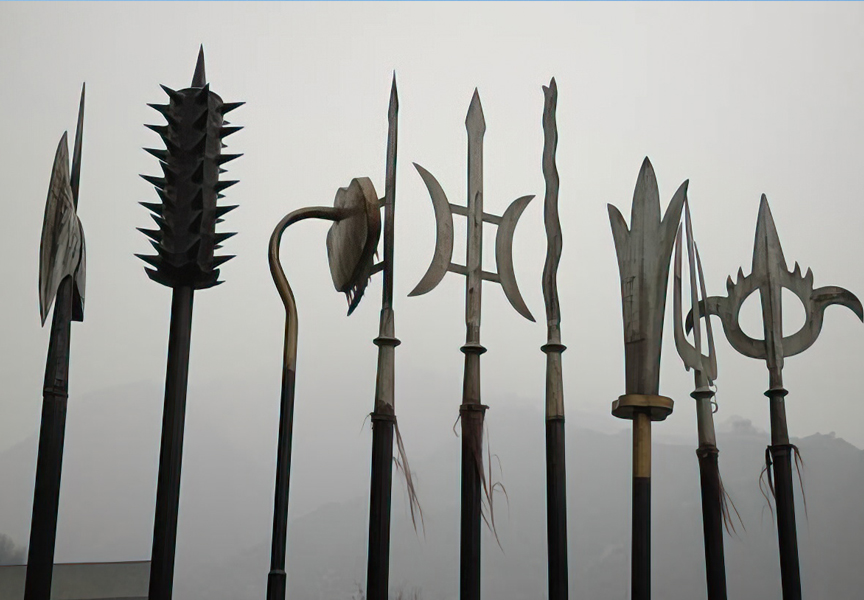Random Free Articles
- Shaolin Kungfu: A Five-Level Path to Mastery
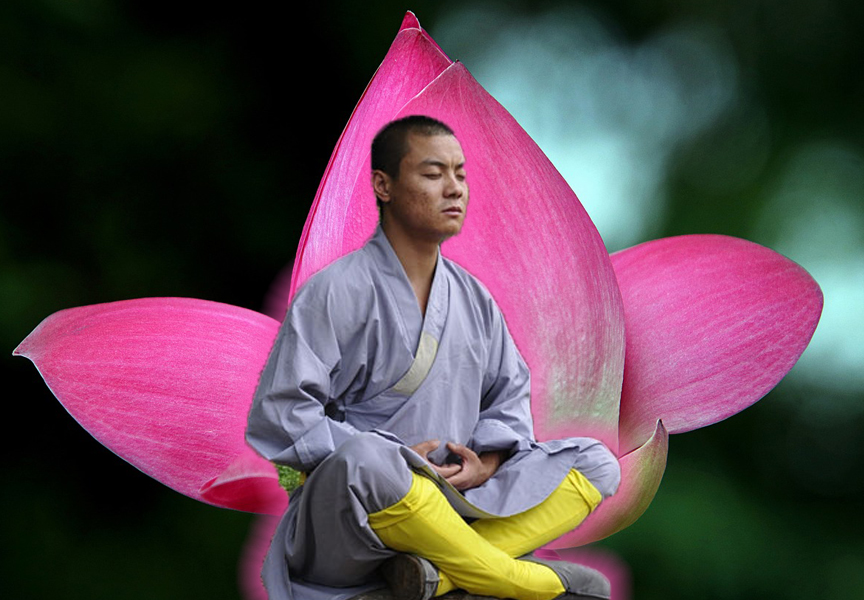
The Progressive Journey of Learning Learning Shaolin Kungfu [Chin.: Shàolín gōngfū 少林功夫] is a journey that mirrors the educational process, akin to progressing through the stages of primary to university levels. This ancient martial art demands a systematic and disciplined approach, starting from the basics and gradually advancing to the pinnacle of skill. Attempting to shortcut this process is akin to skipping foundational…
- Iron Rings in Shaolin Kung Fu
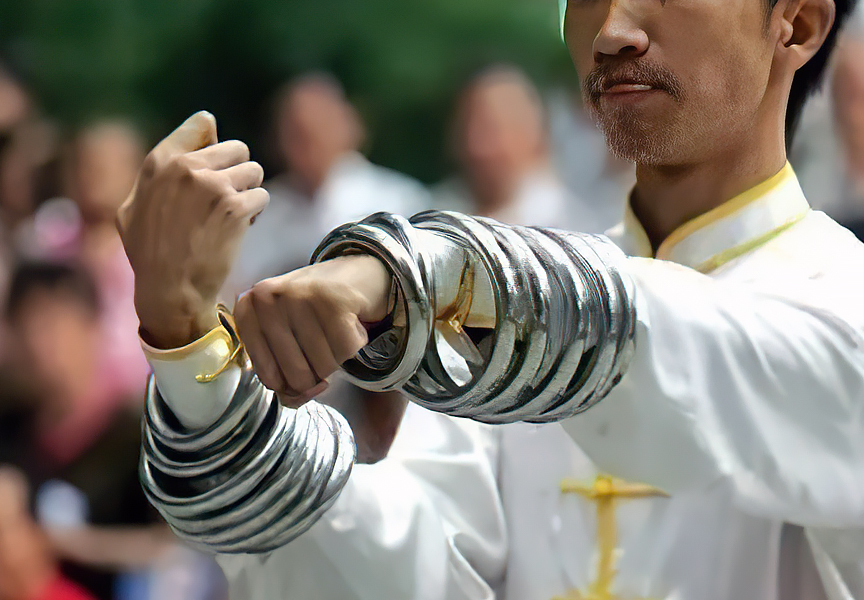
Harnessing the Power In the realm of martial arts, Shaolin Kung Fu stands out as one of the most revered and iconic disciplines. Known for its rigorous training methods and emphasis on both physical and mental strength, Shaolin Kung Fu incorporates a wide array of traditional weapons and tools. Among these, the iron rings, known as Tie Huan [Chin.: Tiě huán 铁环], hold a special place. These seemingly simple yet powerful tools have been…
- Traditional Greeting
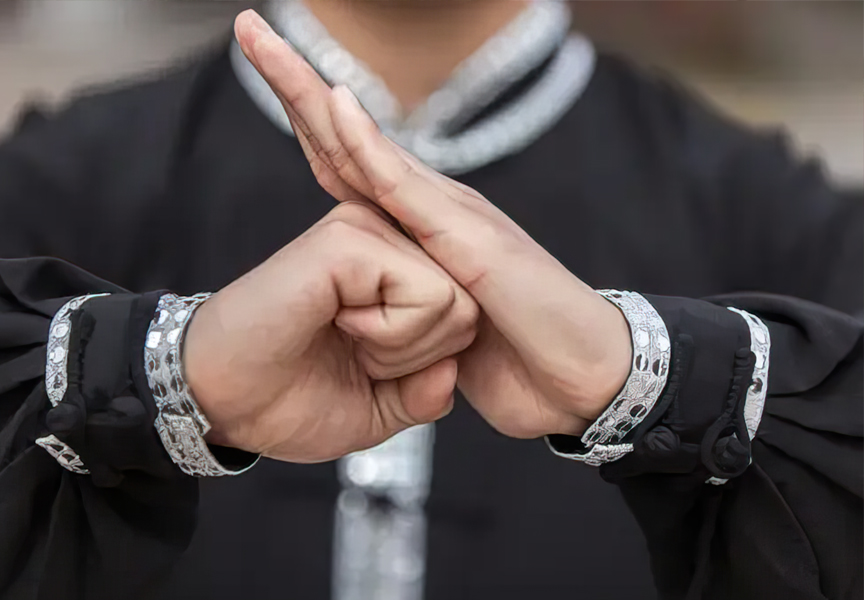
The Art of Respect Chinese martial arts, deeply rooted in a rich history and philosophy, extend beyond physical prowess and combat techniques. A fundamental aspect of this ancient practice is the etiquette and rituals that accompany it. One such tradition is the traditional salute, a symbolic gesture known as Fist Covering Greeting [Chin.: bàoquánlǐ 抱拳禮], Presentation of Respects [Chin.: gǒngshǒulǐ 拱手禮], or simply Salute…
- Vital Role of Proper Breathing
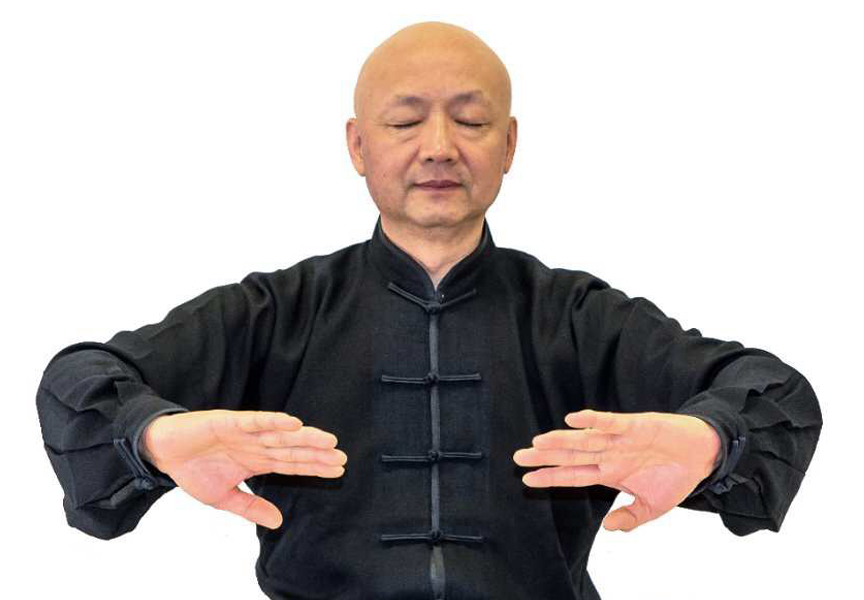
Martial arts, beyond its physical demands and techniques, encompasses a profound understanding of the mind-body connection. Among the various elements that contribute to the success of a martial artist, proper breathing stands out as a fundamental and yet often overlooked aspect, especially in hard styles. In many traditional martial arts disciplines, effective breathing methods are left to the students to discover on their own. This article…
- Martial Arts Training for Kids
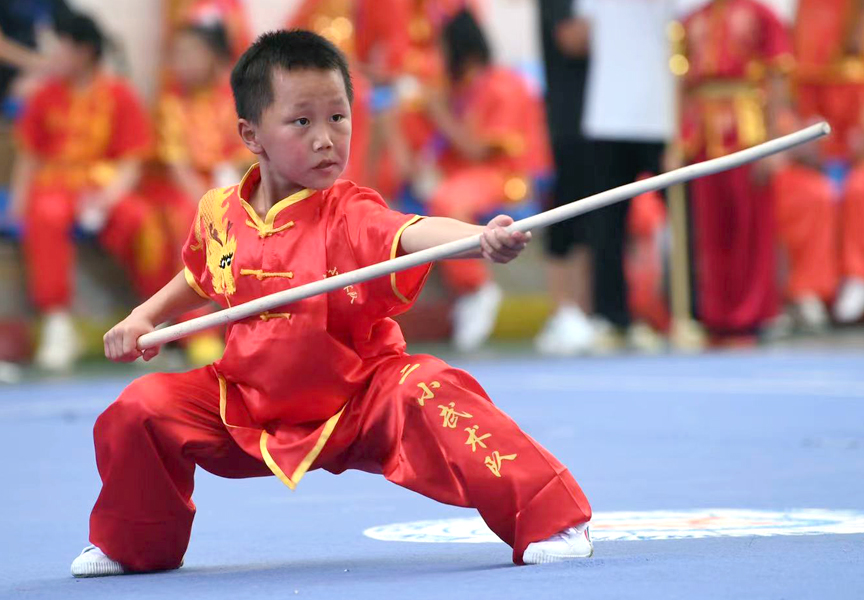
In the realm of extracurricular activities for children, the decision to enroll a child in martial arts training is often met with a range of opinions among parents. Concerns about violence, conflicting desires for athletic prowess versus discipline and values, and uncertainty about the appropriateness of martial arts for kids are common factors influencing parental decisions. This article delves into the considerations surrounding martial…

